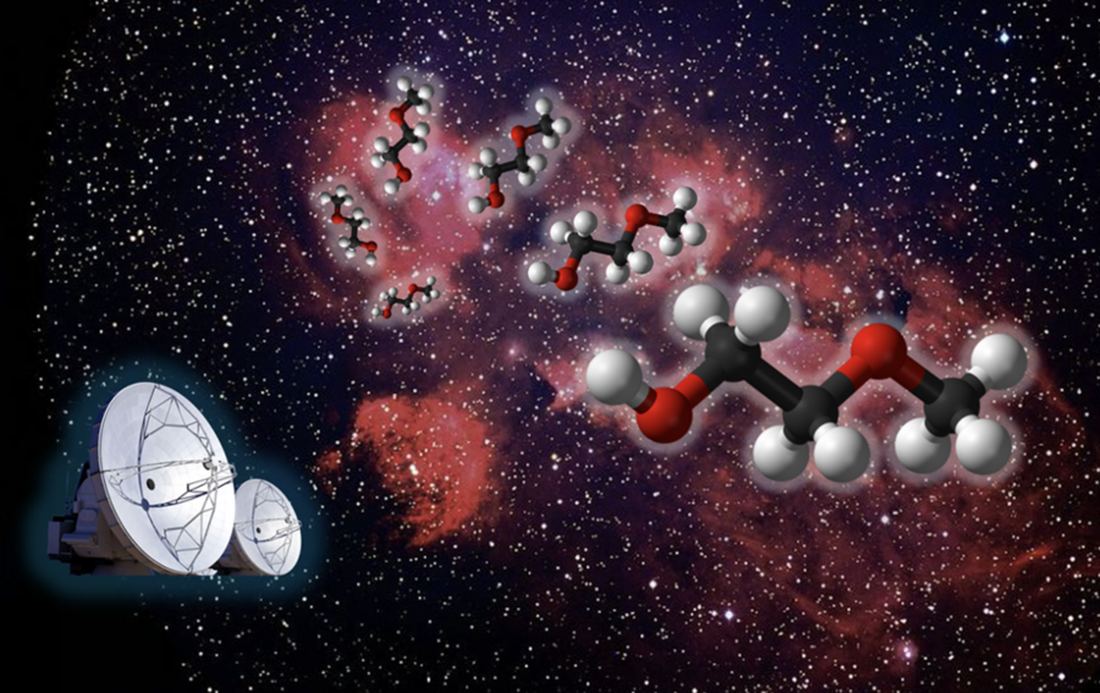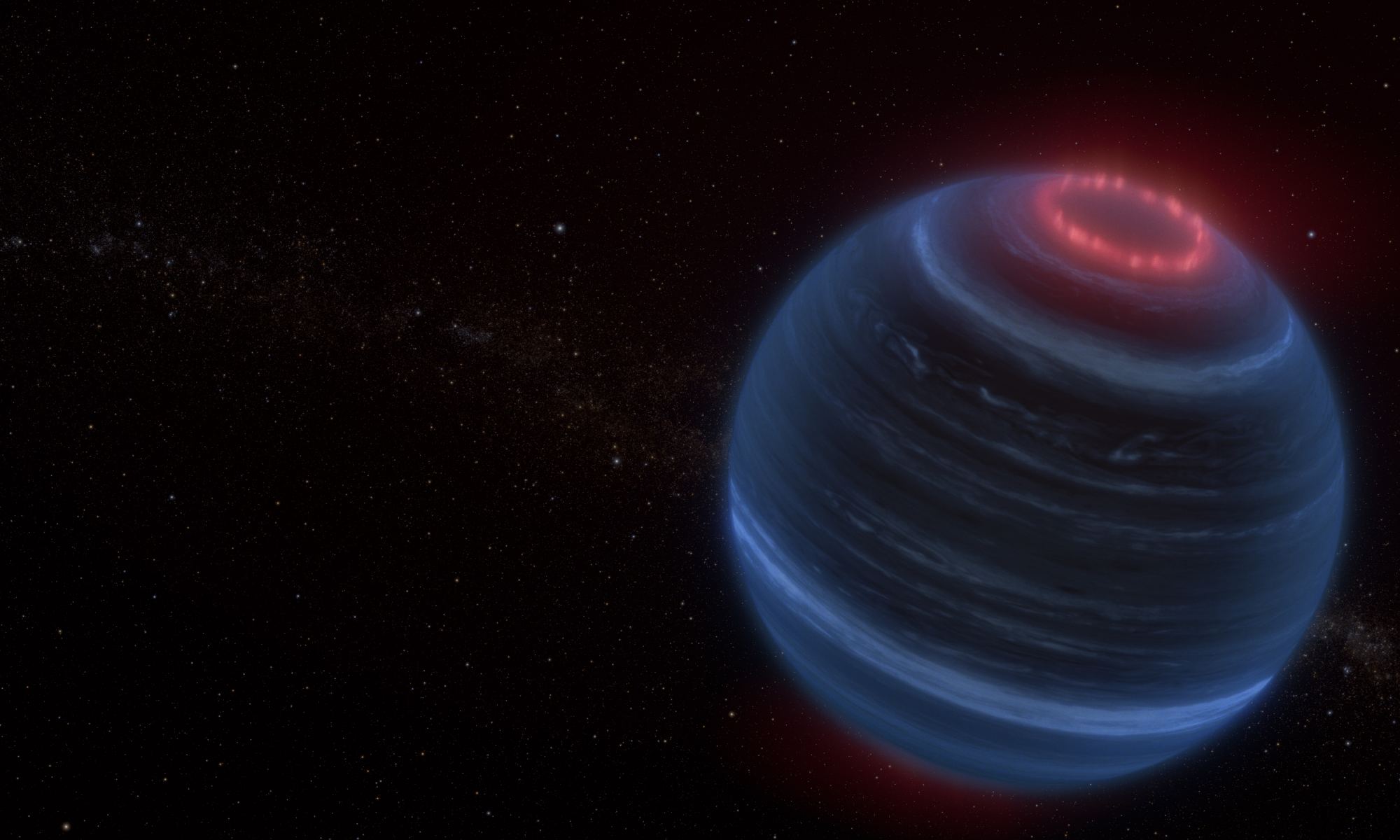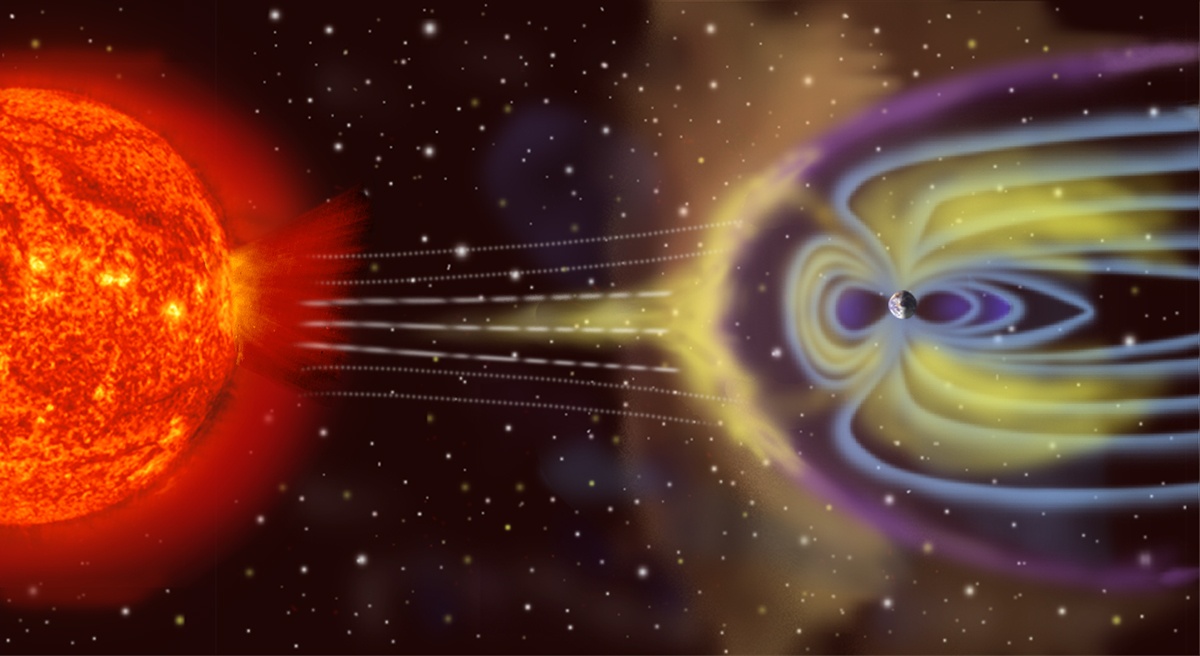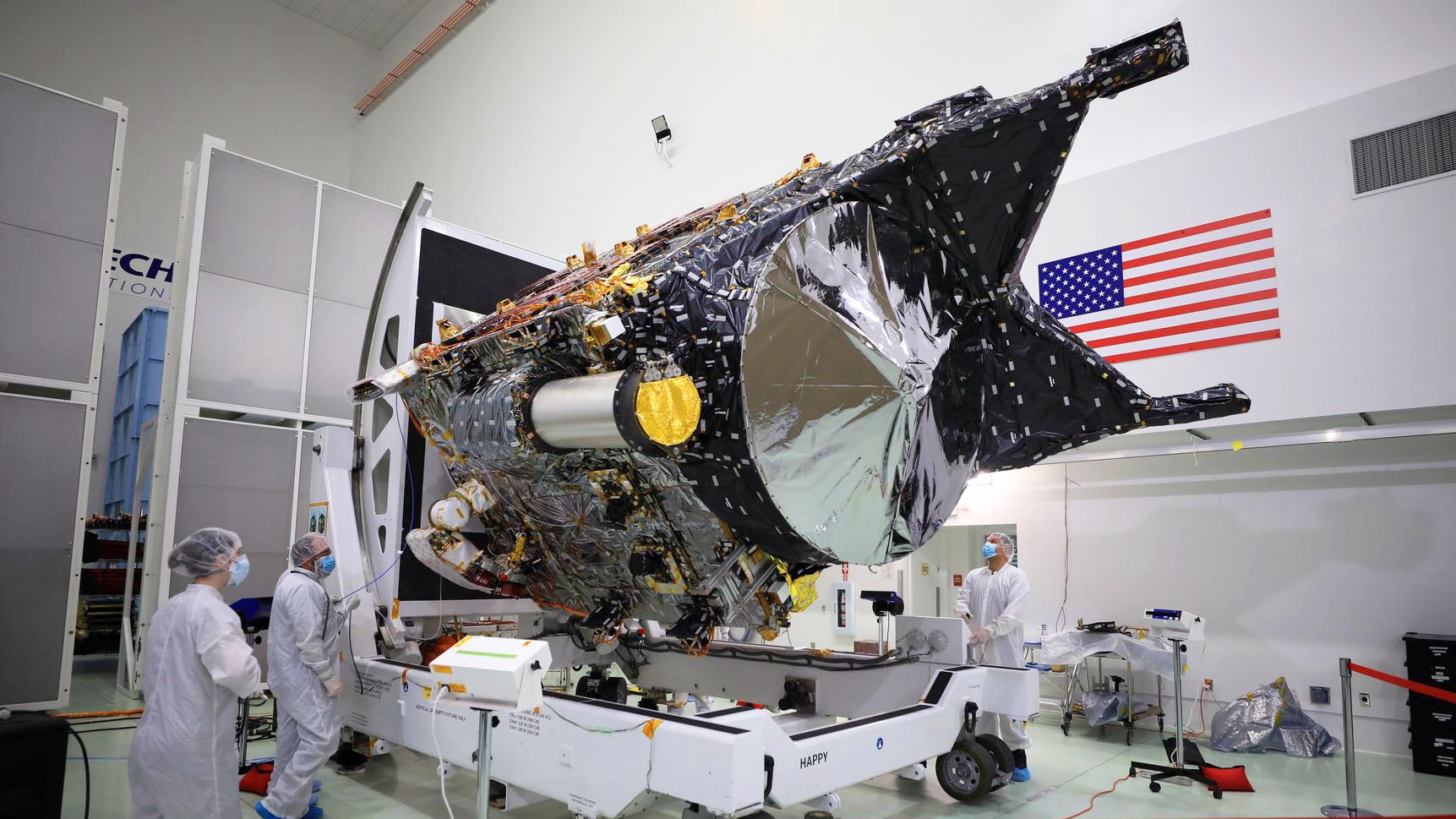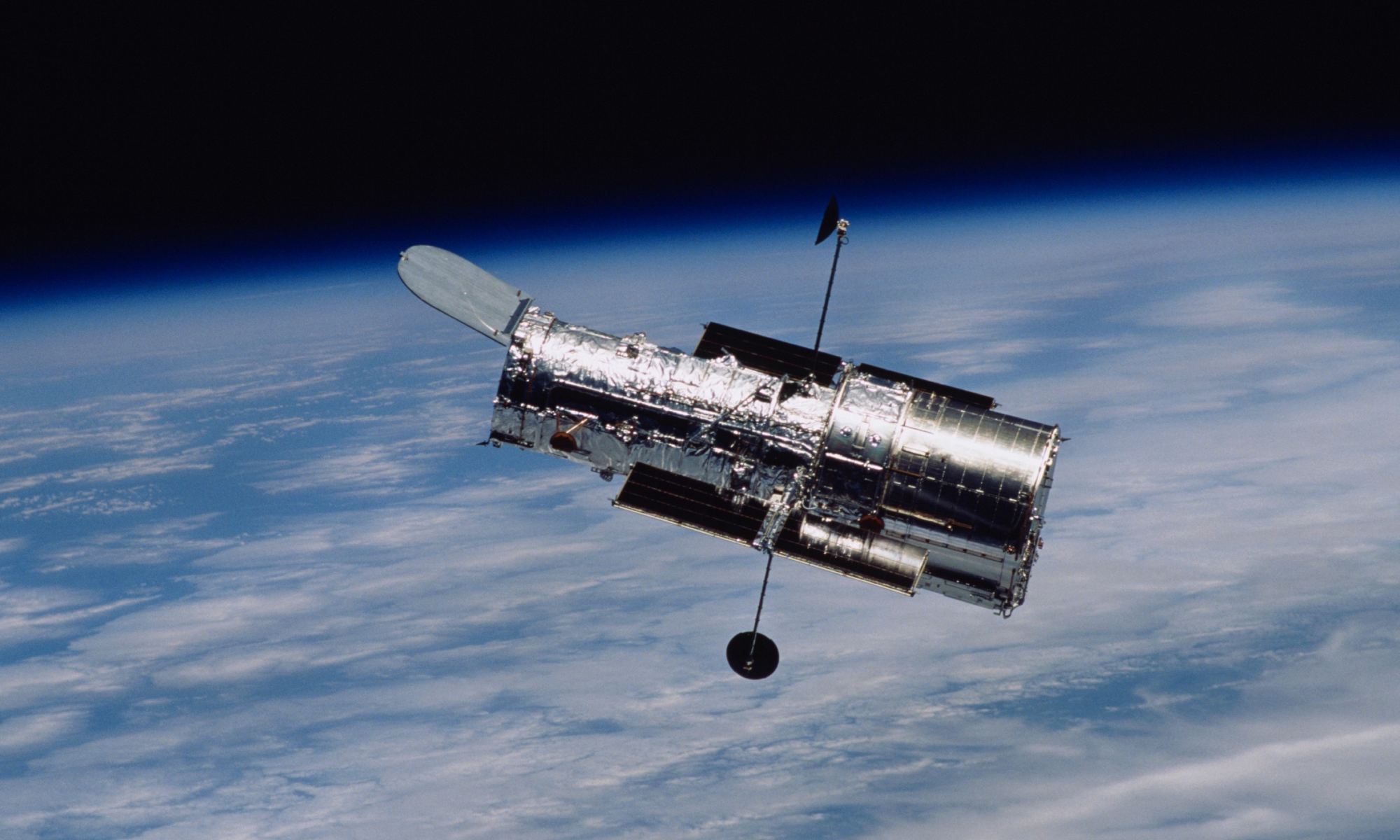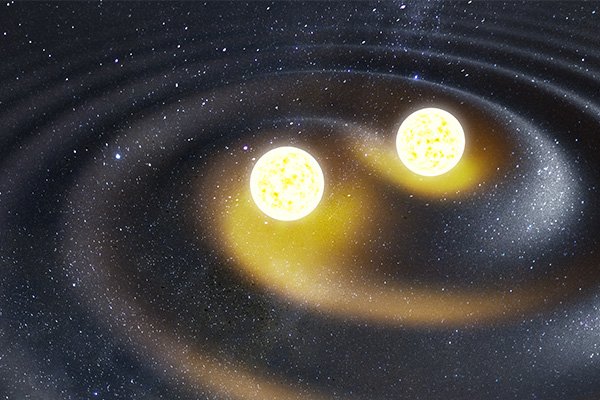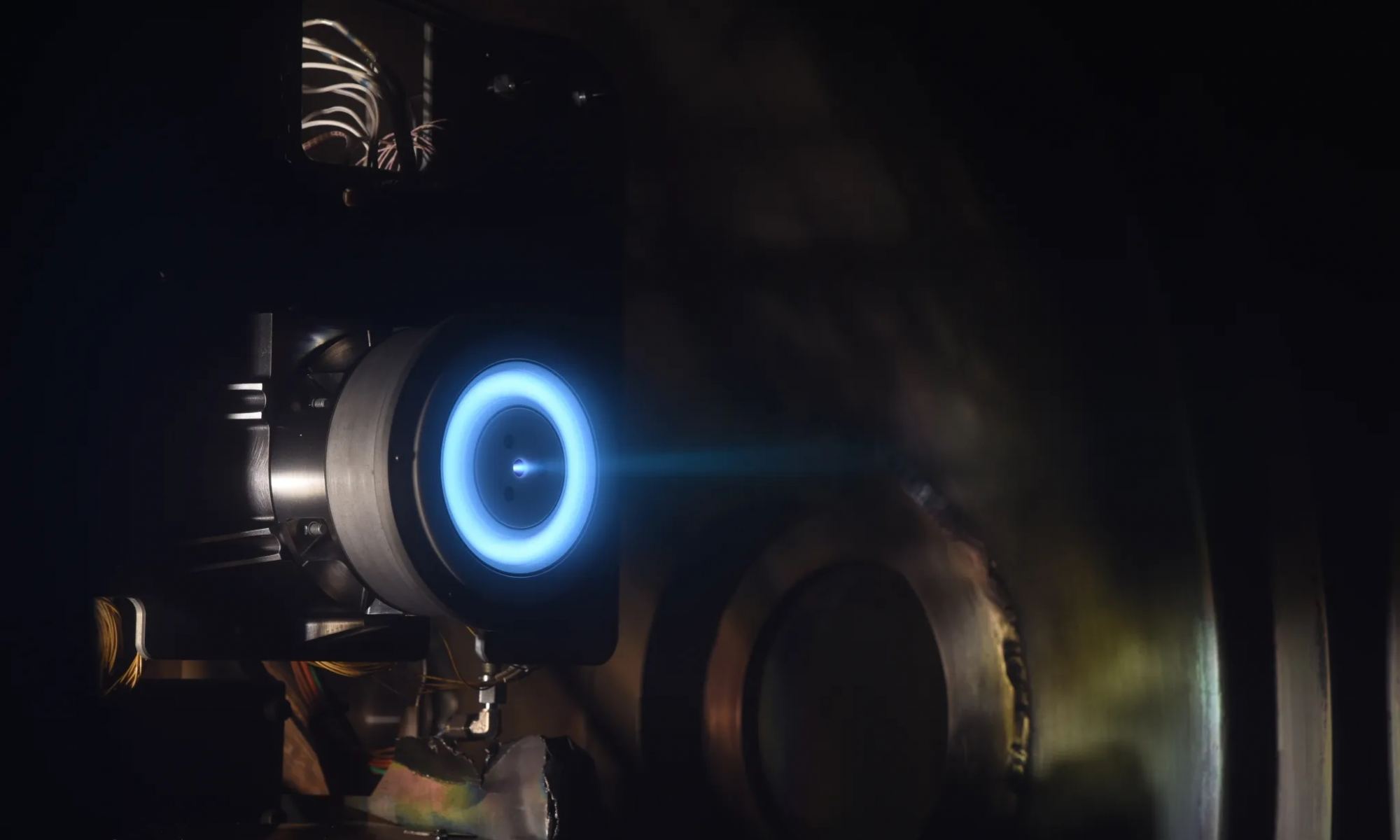When a spacecraft arrives at its destination, it settles into an orbit for science operations. But after the primary mission is complete, there might be other interesting orbits where scientists would like to explore. Maneuvering to a different orbit requires fuel, limiting a spacecraft’s number of maneuvers.
Researchers have discovered that some orbital paths allow for no-fuel orbital changes. But the figuring out these paths also are computationally expensive. Knot theory has been shown to find these pathways more easily, allowing the most fuel-efficient routes to be plotted. This is similar to how our GPS mapping software plots the most efficient routes for us here on Earth.
Continue reading “How Knot Theory Can Help Spacecraft Can Change Orbits Without Using Fuel”

